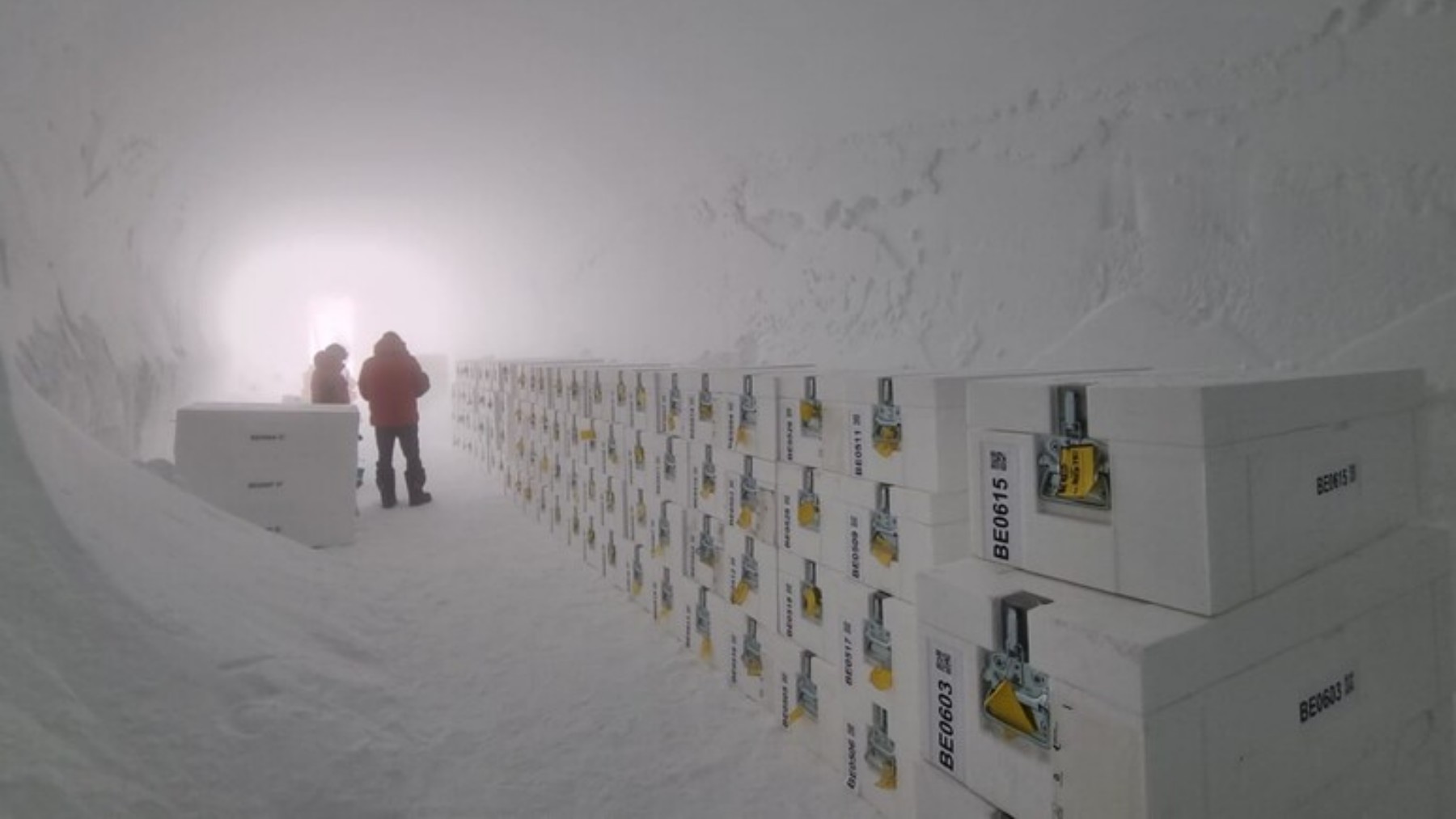There have been many studies and investigations carried out to try to gather all possible information about the behavior of our planet Earth over millions of years. However, the one that is about to take place is one of the most relevant of all time. It is the Beyond EPICA project, funded by the European Commission, with the participation of 12 institutions from 10 countries, through which the aim is to shed light on the Earth’s climatic history. The initial phase has consisted of drilling to 2,800 meters into the ice of the East Antarctic Ice Sheet, specifically in a region called Little Dome C.
Ice cores have been extracted and have already been transferred to the British Antarctic Survey (BAS) in Cambridge for study. Scientists hope to find concentrations of carbon dioxide, methane, and other gases that were present in the atmosphere during the period to which they belong, the Mid-Pleistocene Transition, which is considered a key stage in climate evolution. Experts explain that it is not just about removing layers, but melting these ice cores layer by layer will allow them to obtain data related to temperature, the state of the oceans, microorganisms, among many other aspects.
The aim is to answer the most recurring question in paleoclimatology: what happened for the glacial cycles to change a million years ago? The hypotheses range from changes in the Earth’s orbit to alterations in ocean circulation, and variations in CO2 (the emissions causing the greenhouse effect today). We will have to wait for this research to develop and, hopefully, it will unveil data about the primitive atmosphere.
Beyond EPICA Project
It seems like a joke, but a cylinder of ice that dates back more than 1.5 million years, extracted from the depths of Antarctica, could reveal information about the origins of our planet’s climate. This is precisely what the Beyond EPICA-Oldest Ice project is about, funded by the European Commission, with the participation of 12 institutions from 10 different countries. The ice core has already been transported to Cambridge, to the British Antarctic Survey (BAS), where the second phase of the project will take place.
How was the extraction carried out?
It hasn´t been a piece of cake for researchers. After years of planning, a team capable of working at temperatures of -60ºC has been achieved, under extreme conditions, and still able to carry out state-of-the-art drilling. This has been done in four expeditions in different seasons, ending with the shipment to the United Kingdom. The location where this has taken place is not random, but has been rigorously chosen. It is an isolated region called Little Dome C, at over 3,200 meters altitude and 40 km from the Concordia station. It was chosen because it is an area little affected by glacial dynamics and because it has extremely ancient ice.
What is in those ice layers?
According to existing records, the ice cores dated back to 800,000 years, and the study exceeds that temporal limit. Furthermore, they define the ice core as a time capsule through which they intend to find valuable information about climatic origins. To be more specific, they aim to find carbon dioxide, methane, and any other gas present during that period, the Middle Pleistocene Transition. It is also believed that they will be able to find traces of dust, volcanic ash, microorganisms, and particles that will help learn about temperatures, the state of the oceans, and the winds. How will they do this? With advanced techniques, melting the ice to analyze it layer by layer.
Will the doubts be resolved?
The main question for experts is to understand what happened a million years ago that changed the Earth’s glacial cycles, adopting a new rhythm of 100,000 years. The most considered hypotheses are changes in Earth’s orbit, alterations in ocean circulation, or variations in atmospheric CO2 levels. They want to compare the data obtained with current data to try to answer the following question: If CO2 levels are the same, what additional factor is causing the Earth’s climate response to be completely different?





